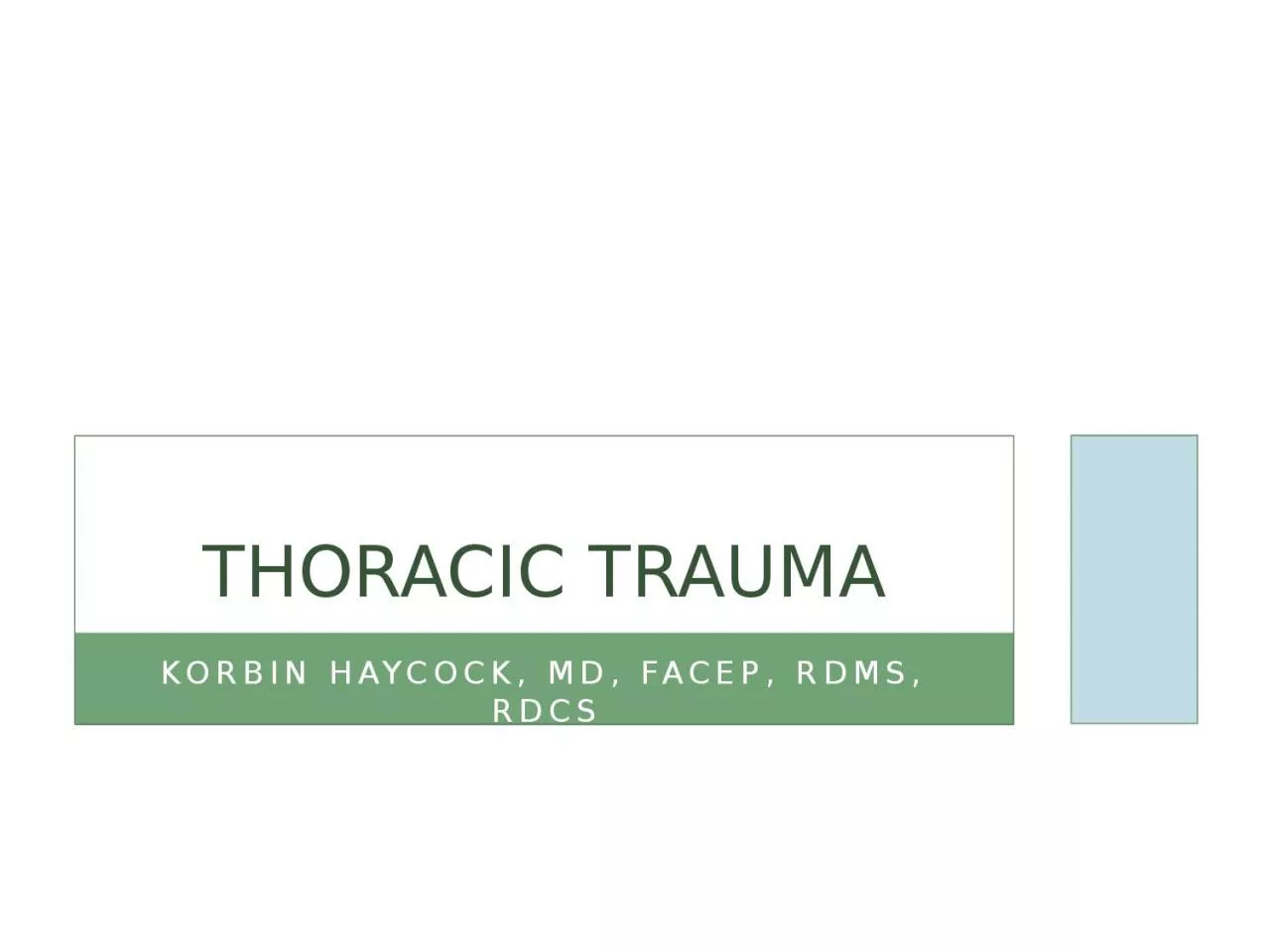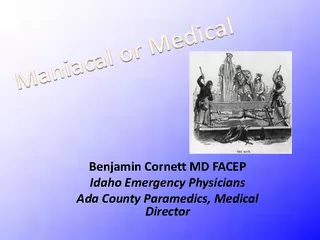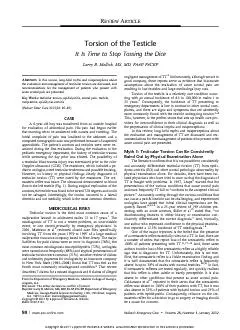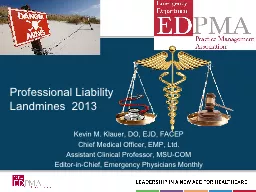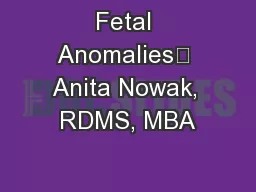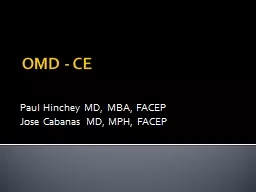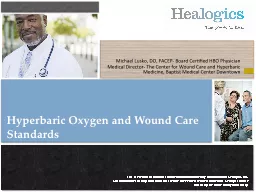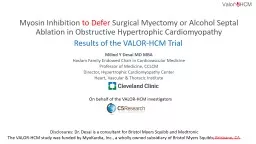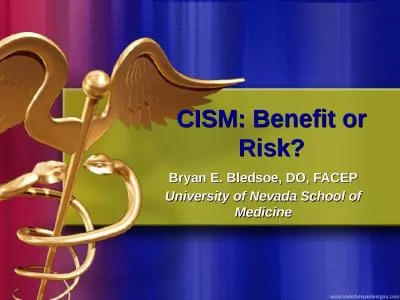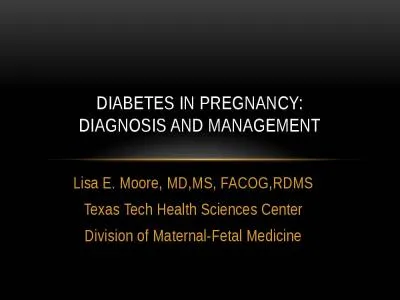PPT-Korbin haycock, md, FACEP, RDMS, RDCS
Author : paige | Published Date : 2022-06-18
Thoracic Trauma Conflict of interest None Epidemiology About ¼ of trauma related death is from thoracic injuries Motor vehicle accidents are responsible for most
Presentation Embed Code
Download Presentation
Download Presentation The PPT/PDF document "Korbin haycock, md, FACEP, RDMS, RDCS" is the property of its rightful owner. Permission is granted to download and print the materials on this website for personal, non-commercial use only, and to display it on your personal computer provided you do not modify the materials and that you retain all copyright notices contained in the materials. By downloading content from our website, you accept the terms of this agreement.
Korbin haycock, md, FACEP, RDMS, RDCS: Transcript
Download Rules Of Document
"Korbin haycock, md, FACEP, RDMS, RDCS"The content belongs to its owner. You may download and print it for personal use, without modification, and keep all copyright notices. By downloading, you agree to these terms.
Related Documents

